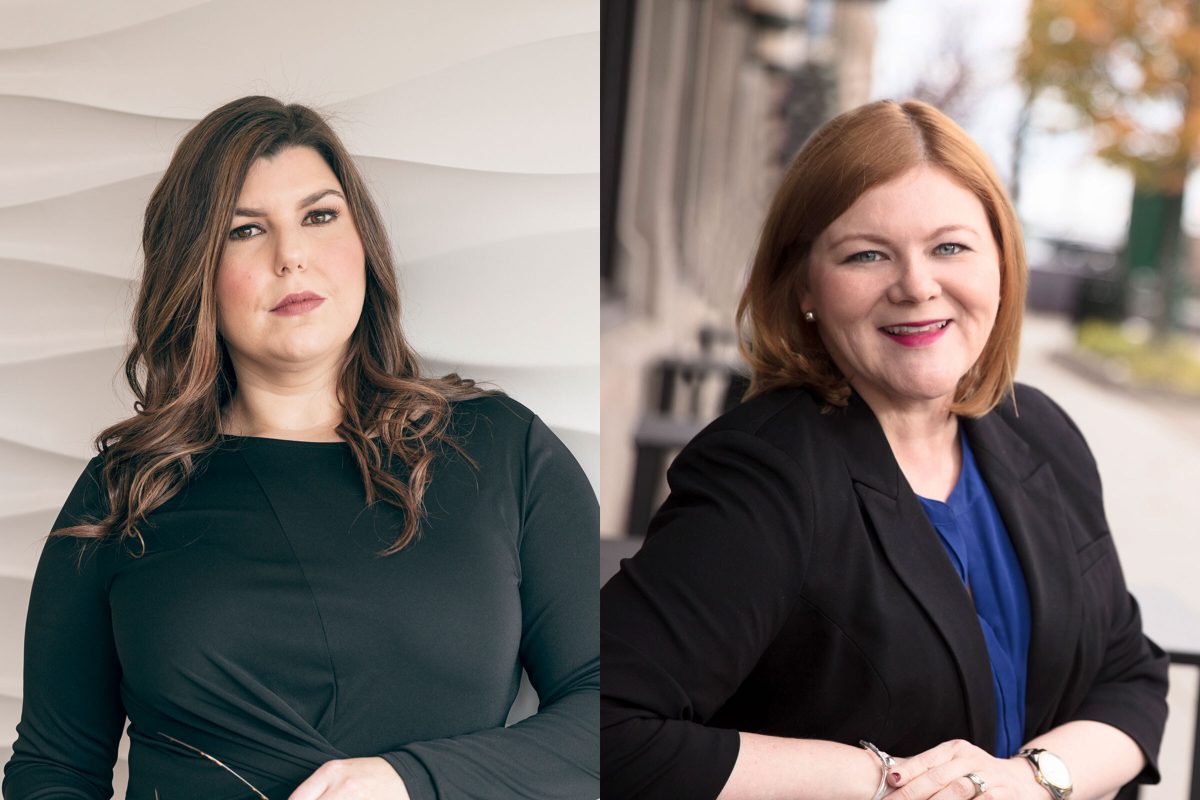Every year, the Internet becomes more and more streamlined. Never before has it been so important to maintain a fresh, up-to-date online image to ensure maximum accessibility and appeal. It’s extremely important to be sure you’re paying attention to new Web design trends and developments to determine if they’re applicable, and more importantly, beneficial to your brand.
The past few years have been somewhat accelerated in how quickly ideas and trends on the Web are evolving. A lot of these ideas aren’t necessarily new (speaking within the past five years or so), but have been refined time and time again, changing slightly year to year to accommodate a younger, more mobile based audience.
In 2009, we saw new ideas taking hold, such as larger typography, a “magazine style” layout and modal boxes (like a popup, but more well designed). These ideas carried over into 2010 and evolved into a more interesting platform. Large typography soon caused a domino effect, increasing the size of logos and imagery alike. This is when the idea of a single page with huge photography began to be implemented on more of a mass scale.
Soon after, in 2011, the HTML5 and CSS3 explosion happened. This was a major turning point for Web design because we were finally able to move away from Flash-based sites and get closer to a responsive mobile-friendly Web. Other trends carried over, including parallax scrolling, single page design and large photographic backgrounds. Large typography began to evolve, moving away form slab serifs and into a sleek sans-serif look that created a more modern feel. This is also around the time the short-lived QR code craze became popular.
2012 is when the Web really started to re-flow (pun very much intended) into a mobile-friendly medium. With the implementation of this new tactic, website design began to become more modular and grid oriented, making for a more clean and structured look. Typography also continued to grow, as more and more Web-friendly fonts were made available to designers, allowing them to freely express various ideas. This is also around the time where the single page design evolved a bit more into a single scrolling page idea that we see a lot of these days.
2013 is when Web design began to shed all the extras and focus on a simple, clean look. User experience became more important, as websites employed a more app-like, mobile-friendly interface to encourage maximum interaction. The Web also began to flatten out. Graphics started to take on a more iconic two-dimensional look, pushing further into the realm of simplicity.
In 2014, we are seeing the same Web design trend patterns. Imagery is evolving into a DIY aesthetic. Suddenly imagery doesn’t have to be a fully focused perfect stock image, but instead it has an “Instagram-ish”, artsy feel. Typography is continuing to grow increasingly simple, sleek and clean. Mobile friendly responsive design is of the upmost importance, and an extremely simple, easy to use user experience is more and more common. Flat sites with limited color palettes, large graphics and concise content is where the Web seems to be headed.
A good practice is to occasionally analyze your Web presence. Think about the functionality and experience of your site. Ask yourself whether your demographic is being allowed to follow the shortest possible path to get the information they need. Consider how your audience is commonly viewing your site. If Google Analytics tells you your traffic is coming largely from mobile devices, you need to make your site responsive.
Additionally, take into account what you’re trying to say, and in how many words. In a society where information is fast and furious, be sure you’re not saying too much, but instead only communicating what’s truly important. Stylistically, be sure that up and coming Web design trends make sense with your branding. It’s important to look fresh, but not so much so that you sacrifice brand integrity.


